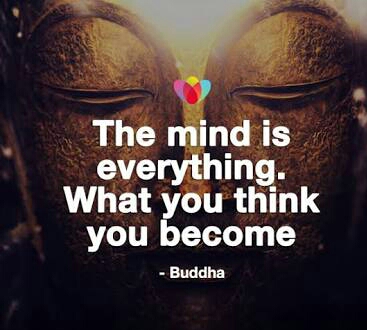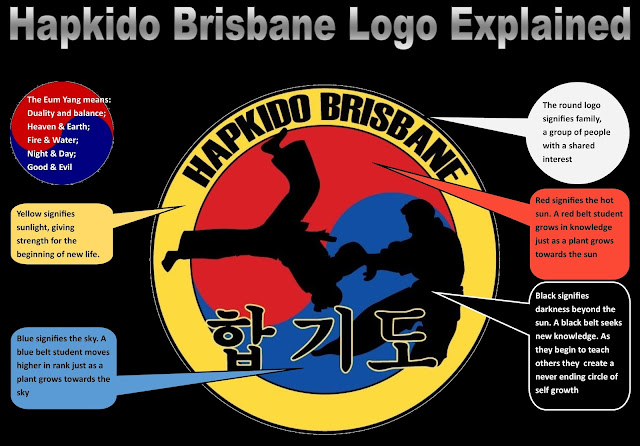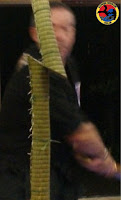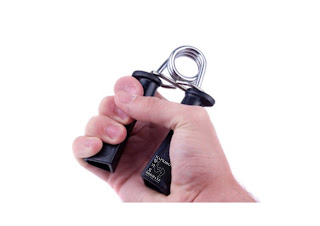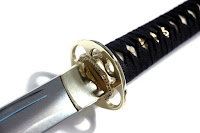Visualisation for Hapkido (and any other physical skill you want to practice)
Practice is essential for any new skill you want to master but many Hapkido practitioners find it hard to practice at home where they may not have the room to practice, an appropriate practice mat or a partner to practice with. Visualisation becomes useful in these situations and makes it possible to practice anywhere at anytime.
Visualisation is where the student imagines themselves completing a move or technique successfully. It is important not to focus on mistakes. By practicing with visualisation student will find themselves more familiar with each technique allowing for better flow and control. They would notice improvement in consistency especially in the details of each technique and a greater ability to focus during practice and gradings. It would also help with memorising the large number of techniques that have to be learnt and the order they are performed in.
Visualisation works best if students use it regularly. 5 to 10 minutes per day is adequate to make a real difference but any visualisation practice is better than none. During this time students can practice similar to how they would in class but imagining themselves doing it. There are 2 main types of practice we do at Hapkido
Memorisation - this is going through the technique, often without takedowns,
to confirm students remember the order. Students can go through the techniques from 1 - 10 or 10 - 1 or all even numbers then all odd numbers or any other order they can think of.
Detailed practice - this is going through a set of techniques step by step
and making sure their hand positions, stepping and takedowns are correct.
Memorisation is most useful before gradings because by this point the students would already know all the techniques and just need to re-enforce the order. Detailed practice is more useful straight after learning a new technique as it helps students to remember all the details of the specific technique they just learnt. It can be useful to keep a note pad and pen close by when doing detailed practice so students can write down any questions about the specifics of a technique they were not sure of. Both forms of practice should be done regularly on techniques that were learn’t in previous grades.
An added benefit of visualisation is that it is considered a form of meditation and so many of the benefits of meditation can also be found with visualisation.
It is not only a useful technique in martial arts, but also other activities where it is not possible to practice in real life over and over (such as doctors performing surgery, or parallel car parking).
